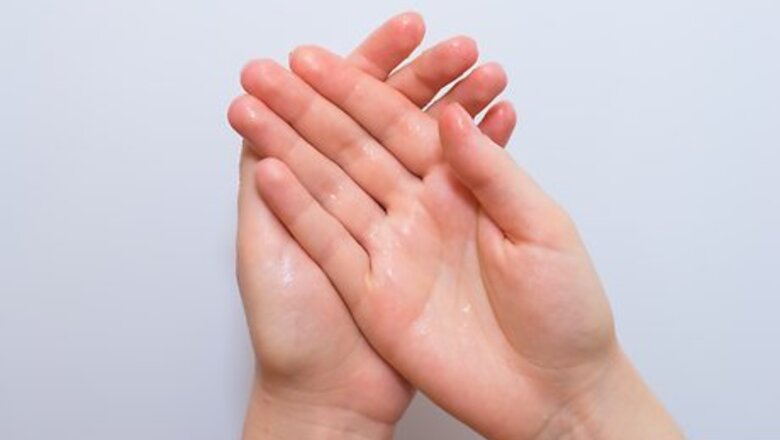
views
X
Trustworthy Source
Mayo Clinic
Educational website from one of the world's leading hospitals
Go to source
Brewing the Tea
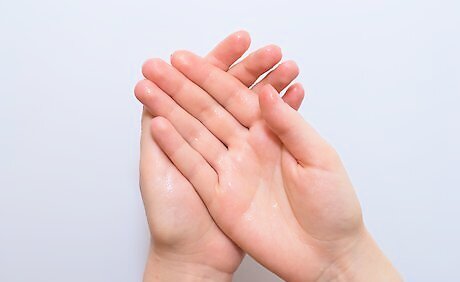
Wash your hands very well with hot water, do NOT use antibacterial soap as this can contaminate the Kombucha and destroy the good bacteria provided by the culture. Using apple cider vinegar or plain vinegar to wash hands and any other materials you will be using is a good substitute for antibacterial soaps. Use of non-latex gloves is also recommended, especially if touching the culture directly.
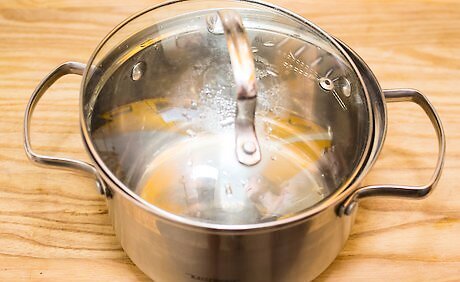
Fill up your pot with 3 liters (3.1 quarts) of water and put the stove to high.
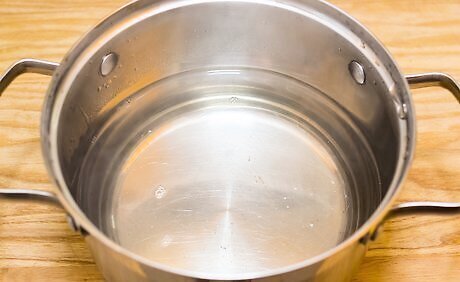
Boil water for at least 5 minutes to purify it.
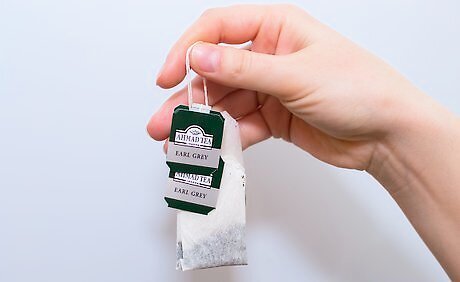
Add about 5 tea bags to the hot water. According to taste, you may remove tea immediately after brewing, or leave them in for the next two steps.
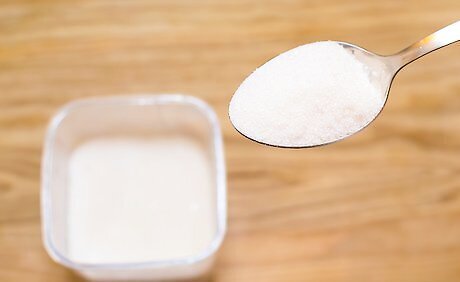
Turn off heat and add 1 cup sugar. The culture will feed on the sugar, making it a necessary part of the fermentation process. Sugar will start to caramelize if water continues to boil, so that's why you turn off the heat.
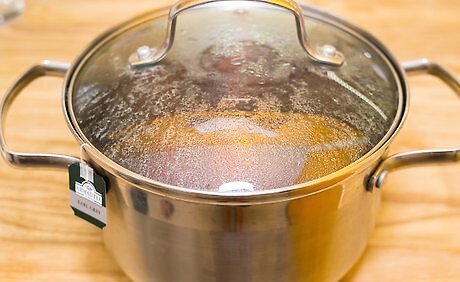
Cover and let the tea sit until it is room temperature (around 75ºF/24ºC will do). It will seem to take a long time to cool, but adding the culture when the water is too hot will kill it.
Adding the Culture

Wash a jar well in the sink with very hot water, rinsing thoroughly. If you don't have much extra water for cleaning and rinsing, put 2 drops of iodine into the jar, add water, and swirl it all around to sanitize. Rinse out the jar, cover, and keep waiting. You also could put the jar into the oven for about 10 minutes at 285°F or 140°C if it is only made of glass or ceramic.
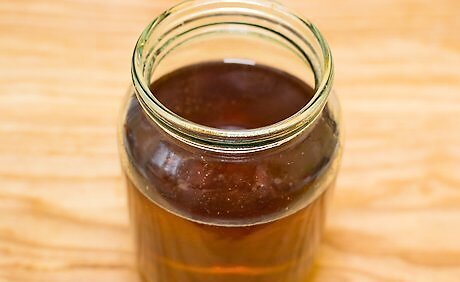
When the tea is cool, pour it into the glass jar and add the starter tea, which should constitute about 10% of the liquid. Using about a 1/4 cup of vinegar per gallon of tea also works. This keeps the pH low to prevent any foreign molds or yeast from growing while the tea is getting started. To make sure it's acidic enough, measure the pH (optional). It should be below 4.6 pH. If not, keep adding starter tea, vinegar, or citric acid (not Vitamin C; that's too weak) until the desired pH is reached.
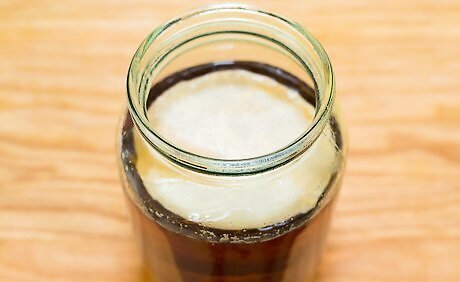
Gently put the SCOBY into the tea, cover the top of the jar with the cloth, and secure it tightly with a rubber band.
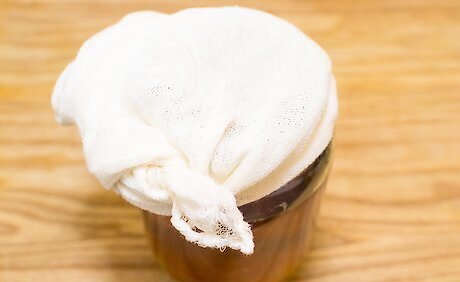
Put the jar somewhere warm and dark where it won't be disturbed. The temperature should be consistently at least 70ºF (21ºC). 86ºF (30ºC) is best if you can manage. Lower temperatures will make it grow slowly, but below 70ºF makes it more likely that unwanted organisms will start growing too.

Wait about a week. When the tea starts to get smelly like vinegar, you can start tasting it and checking pH levels. The culture will sink or float or do something in between. It is better that the mushroom floats on top to block aspergillus contamination. The best way to pull a sample is with a straw. Don't drink directly from the straw, as backwash may contaminate the tea. Also, do not dip the test strip into the brewing vessel. Instead, dip the straw about halfway into the tea, cover the end with your finger, pull the straw out, and drink the liquid inside or put that liquid on the test strip. If the kombucha tastes very sweet, it probably needs more time for the culture to consume the sugar. A pH of 3 tells you that the brewing cycle is complete and the tea is at the correct point to drink. Of course this can vary a bit to suit your needs and taste. If this final pH is too high, then either the tea will need a few more days to complete the brewing cycle, or it should be chucked.
Finishing Up
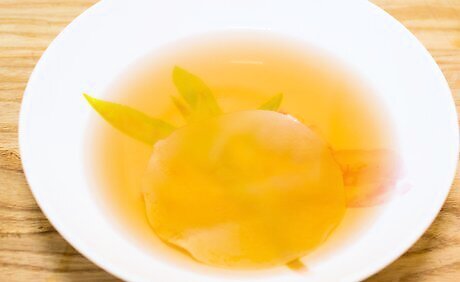
Gently remove the mother and baby cultures with clean hands (and non-latex gloves if you have them) and set them in a clean bowl. Note that they may be stuck together. Pour a little of the kombucha on them and cover the bowl to keep them protected.
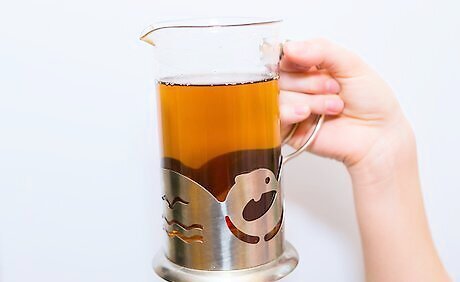
Using a funnel, pour most of your finished tea into storage container(s). Optionally, fill it all the way to the top. If you do not, then it will take forever to get fizzy. If there isn't enough, you can either get smaller containers. Or, if there's just a slight gap, fill the rest with juice or more tea. Use only a small amount, or else you risk watering down the tea. Leave about 10% of old tea in the glass jar as starter tea to start a new batch of kombucha. Begin the cycle again: Pour in freshly brewed tea, put the culture back in, cover, etc. You may use each layer of culture to make a new batch of tea; some recommend using the new layer of culture and discarding the old one. It is not necessary to put both layers of culture back into a single new batch; one will suffice. Every fermentation cycle creates a new child from the mother. So once you have fermented your first batch you will now have two mothers, one from the original mother, and one from the new child. This multiplication will occur for every subsequent fermentation.
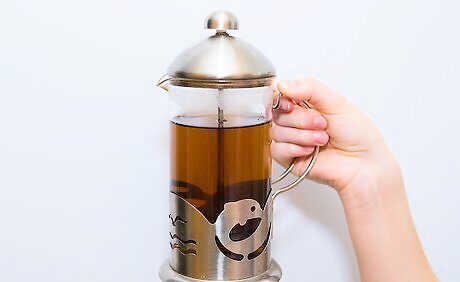
Cap your jug or bottles of finished kombucha. Cap them loosely for safety, tightly for carbonation and let sit for about 2 - 5 days at room temperature.
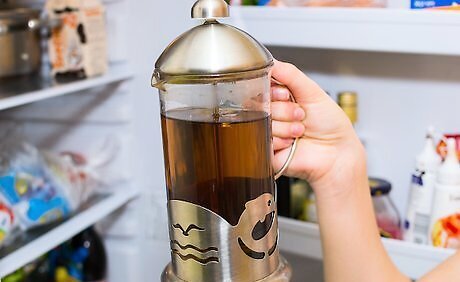
Refrigerate. Kombucha is best enjoyed cold.



















Comments
0 comment